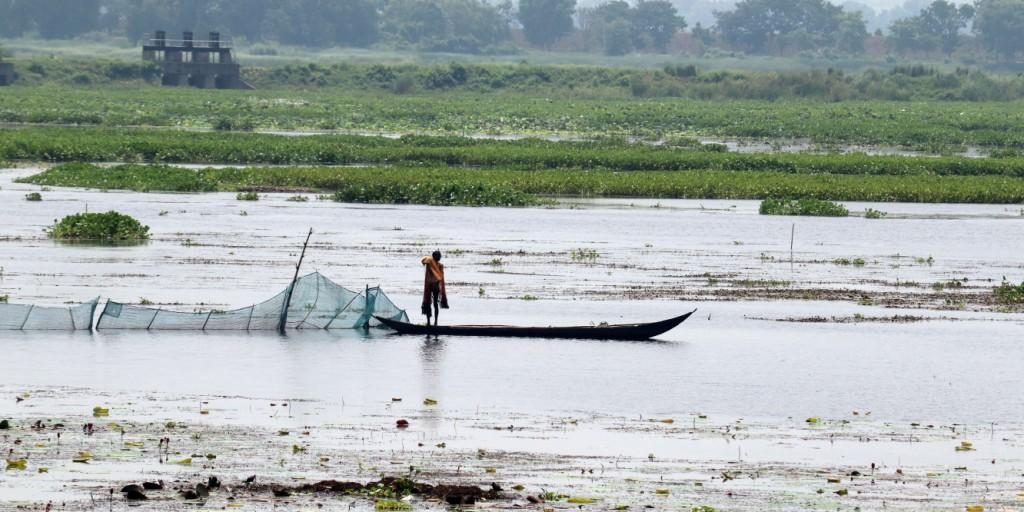BHUBANESWAR: When we speak of Odisha’s wetlands it is the Chilika Lake that often comes to our mind. However, Ansupa Lake, a beautiful melodic wetland, is almost unknown except to those living in Bhubaneswar or Cuttack.
Ansupa is a wetland with lots of floating vegetation, calm waters, traditional fishermen and the musical chirping of birds. There are archaeological treasures here too and local stories about lakes which constitute the icing on the cake.
Ansupa is a horse-shoe shaped water body, and is the largest natural freshwater lake in Odisha. The lake was created by the Mahanadi River and spreads over an area of 140 hectares.
It is a treasure house of bio-diversity where one can find at least nine species of submerged plants, and 26 species of floating aquatic plants.
It is also home to 33 species of fish, three species of prawns, 10 species of reptiles and 50 species of resident and migratory birds.
Padia Sahu, a local fisherman says, “Ansupa is a part of us and she is the soul of every ‘Cuttakia’. At times she plays her own musical rhythm which you can enjoy at night.”
Orissa POST talked to traveller Jitu Mishra who said, “Apart from Chillika, if you want to spend some time in peace the best place for you is Ansupa Lake. Here one can sit and relax watching nature or go boating.”
Ansupa Lake is connected to Mahanadi River through a natural channel called Kabula Nala, which acts both as an inlet and as an outlet, through which flood water enters the lake and excess water goes out.
The lake is located exactly 55 km away from Bhubaneswar. One can reach Ansupa in two hours through the scenic Banki highway on the Mahanadi corridor.
At Ansupa, you can also visit Nuapatna and Maniabandh textile cluster and the Bhattarika Temple on the banks of the Mahanadi.
Accommodation is provided by a few bamboo cottages on the hilltop. The place is located near the banks of the Mahanadi, and is surrounded by the Eastern Ghats, namely the Saranda Hill on the west and the Bishnupur Hill on the east.
